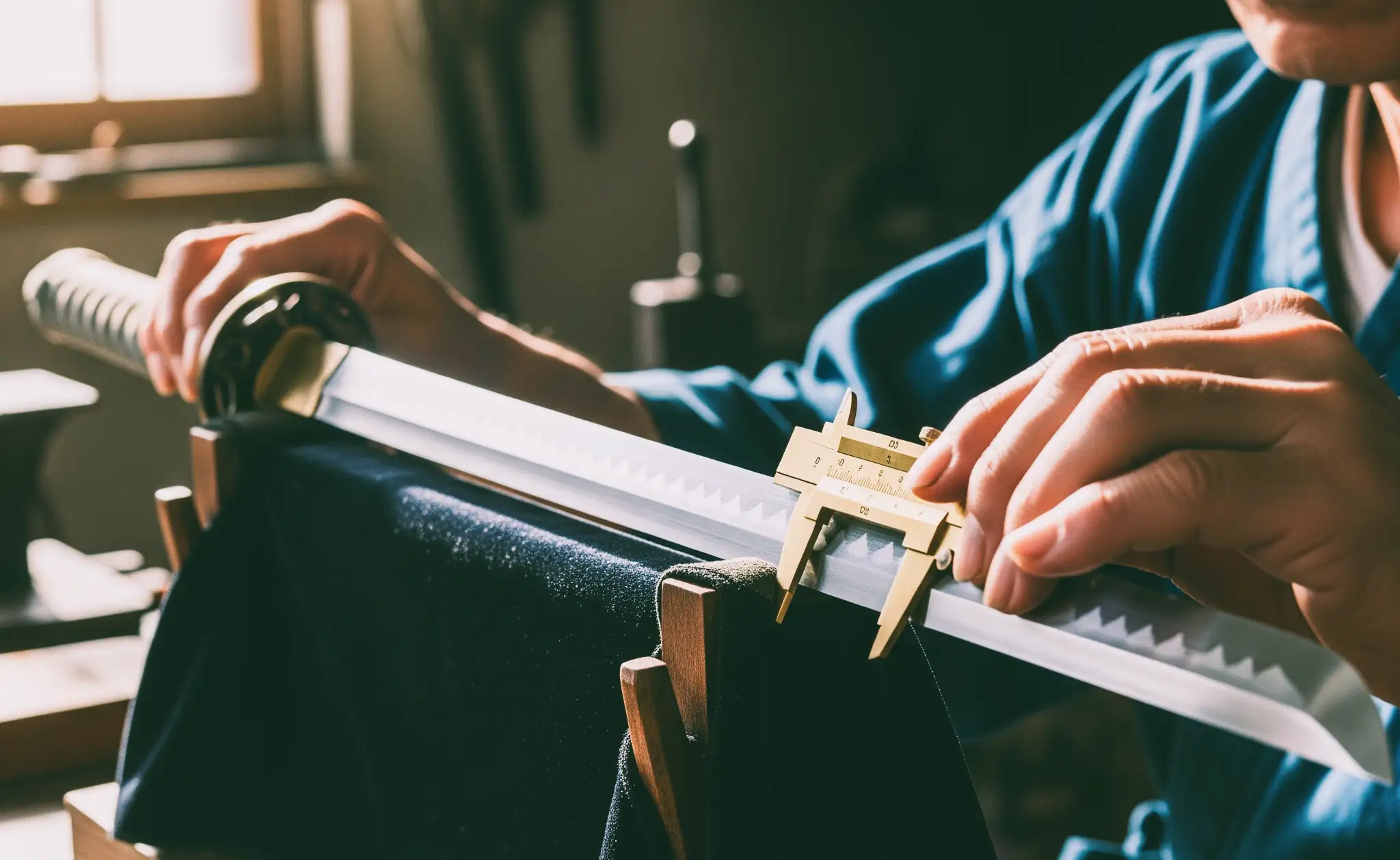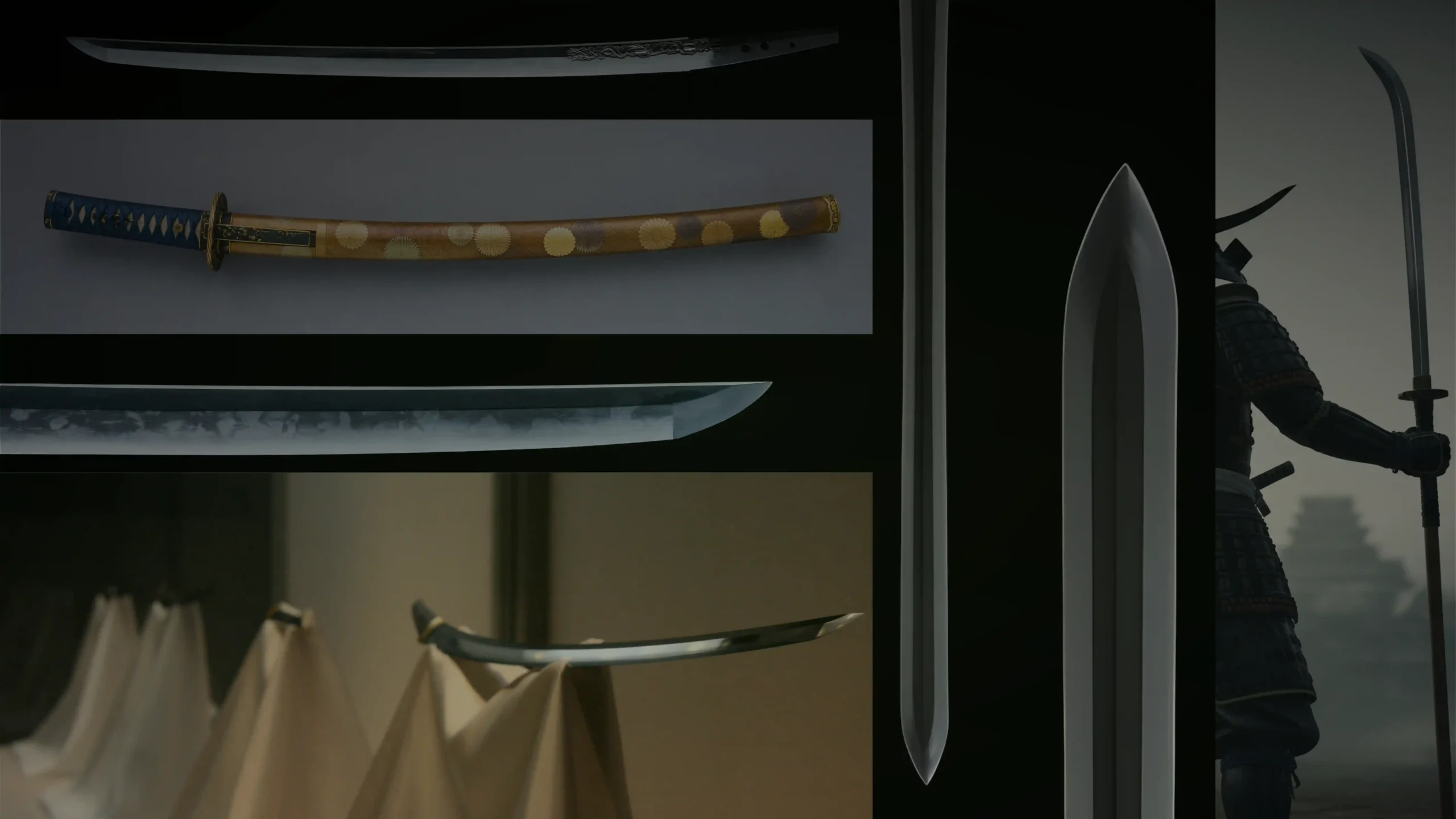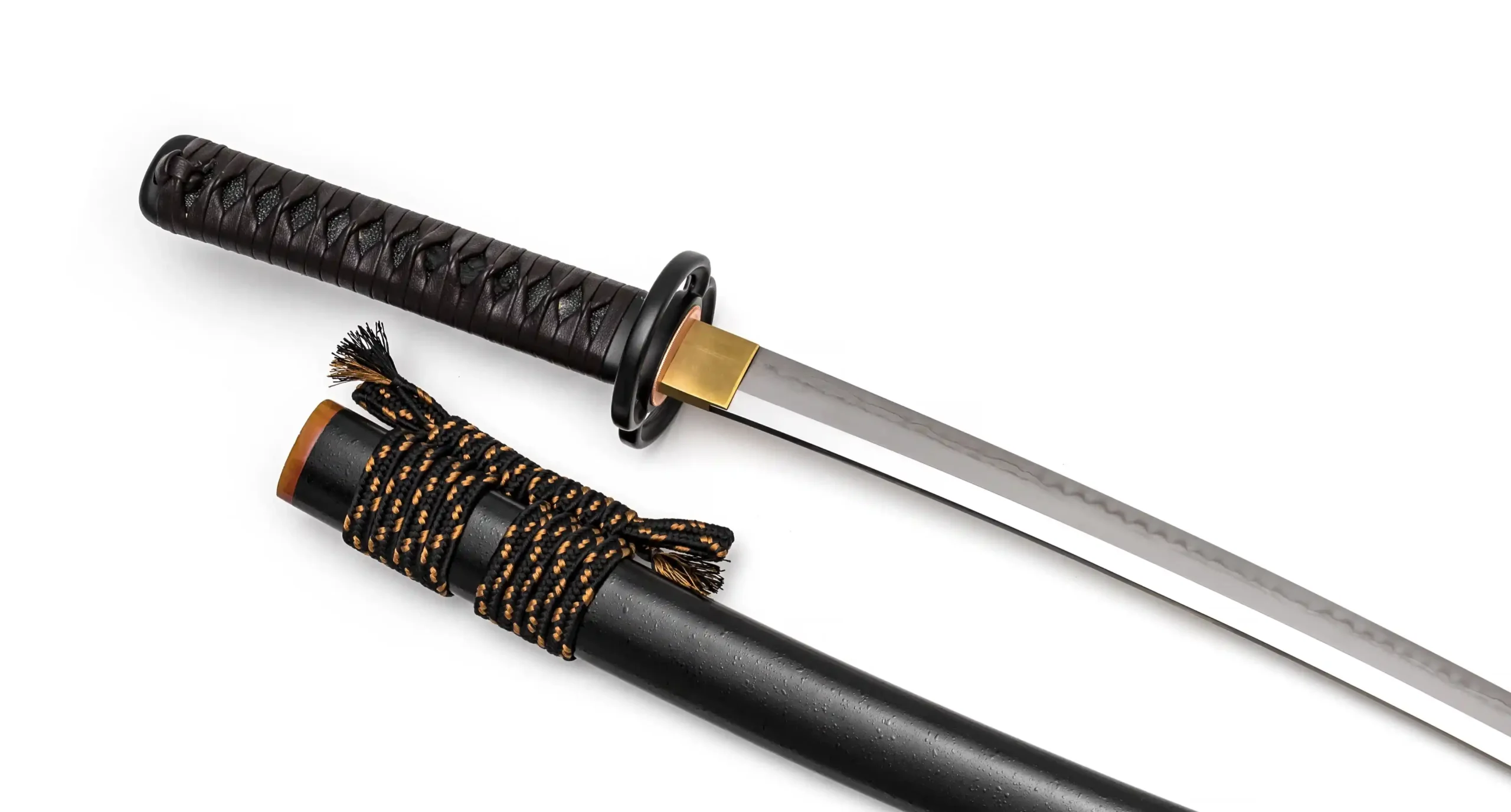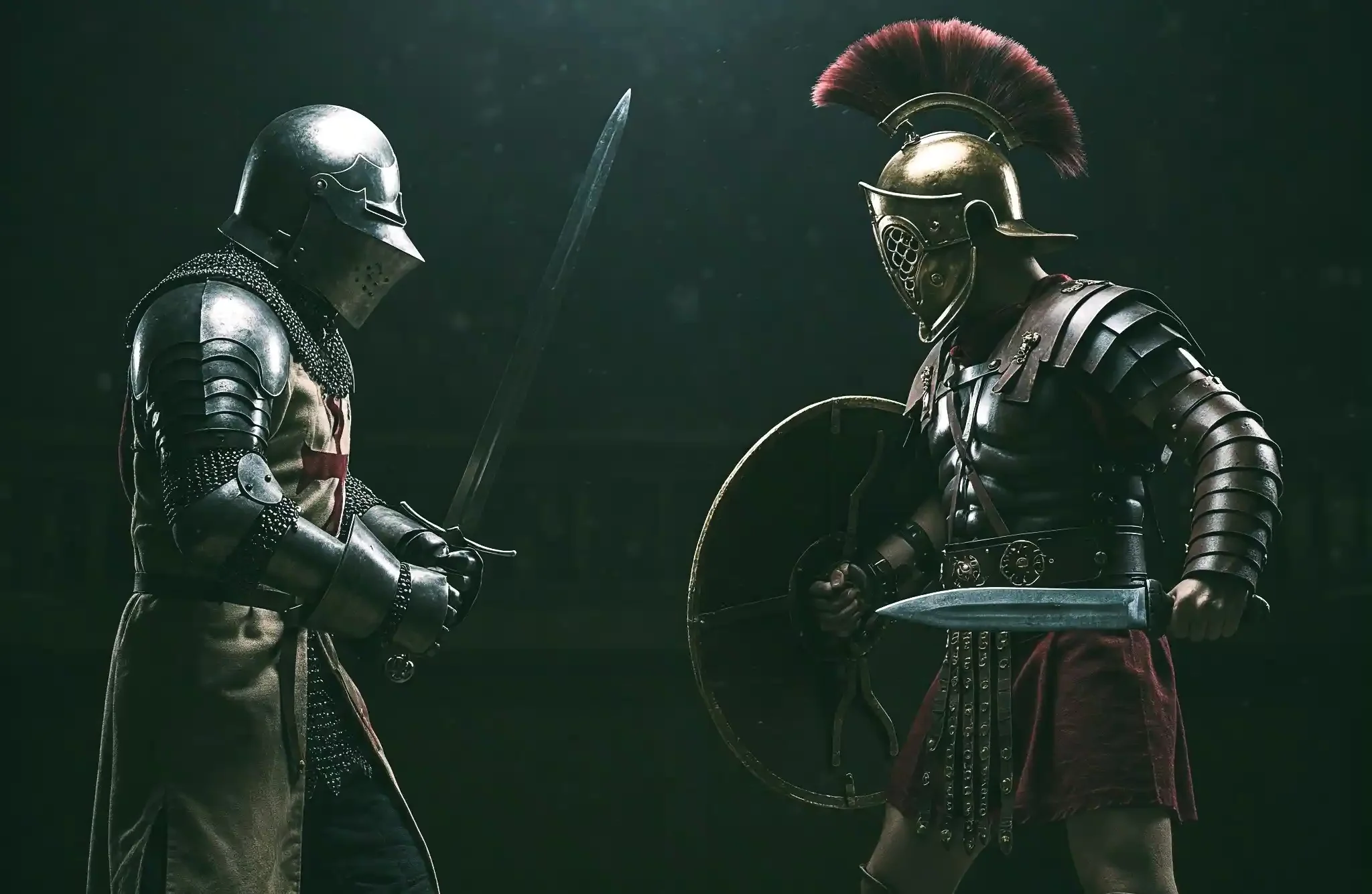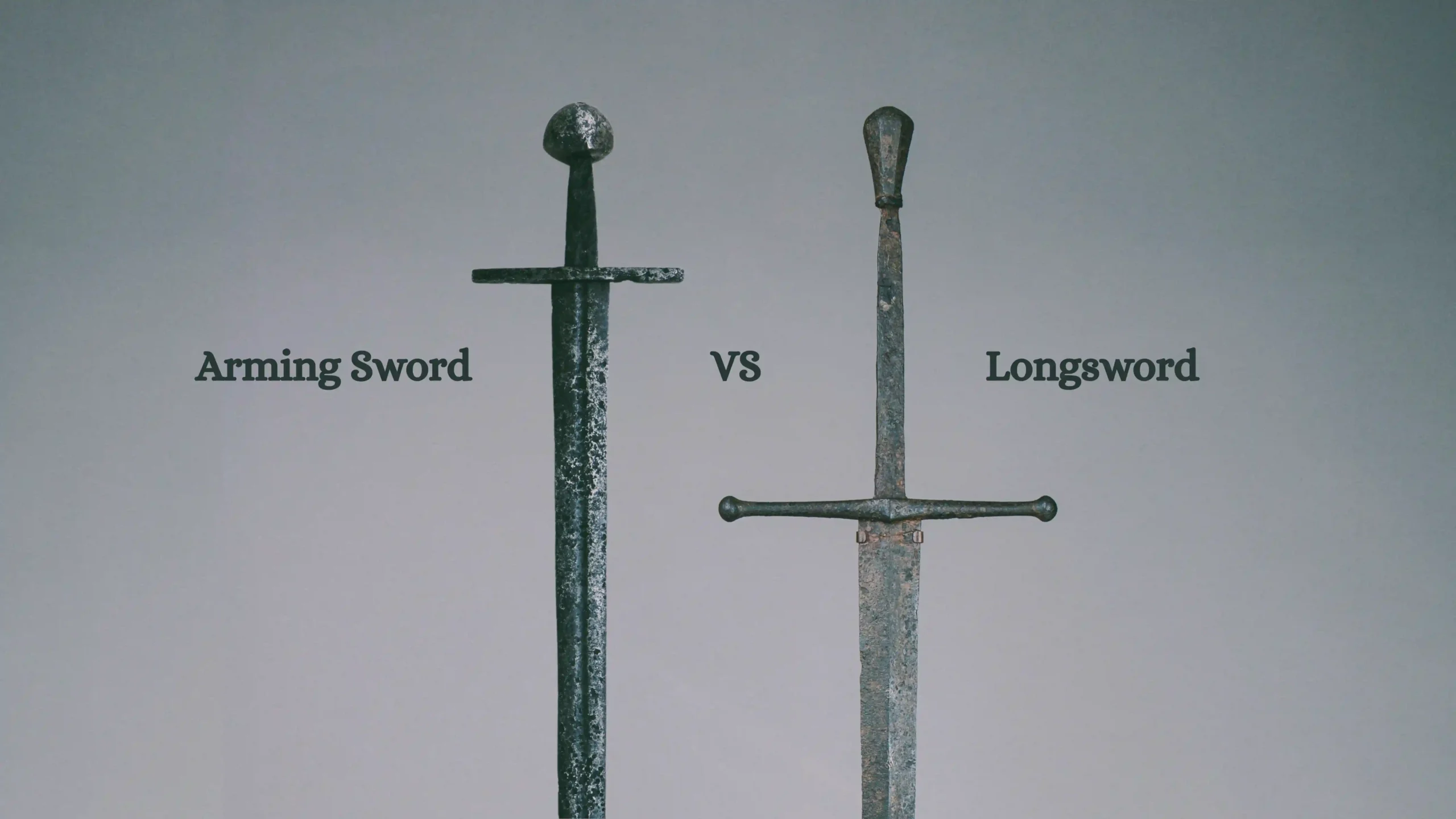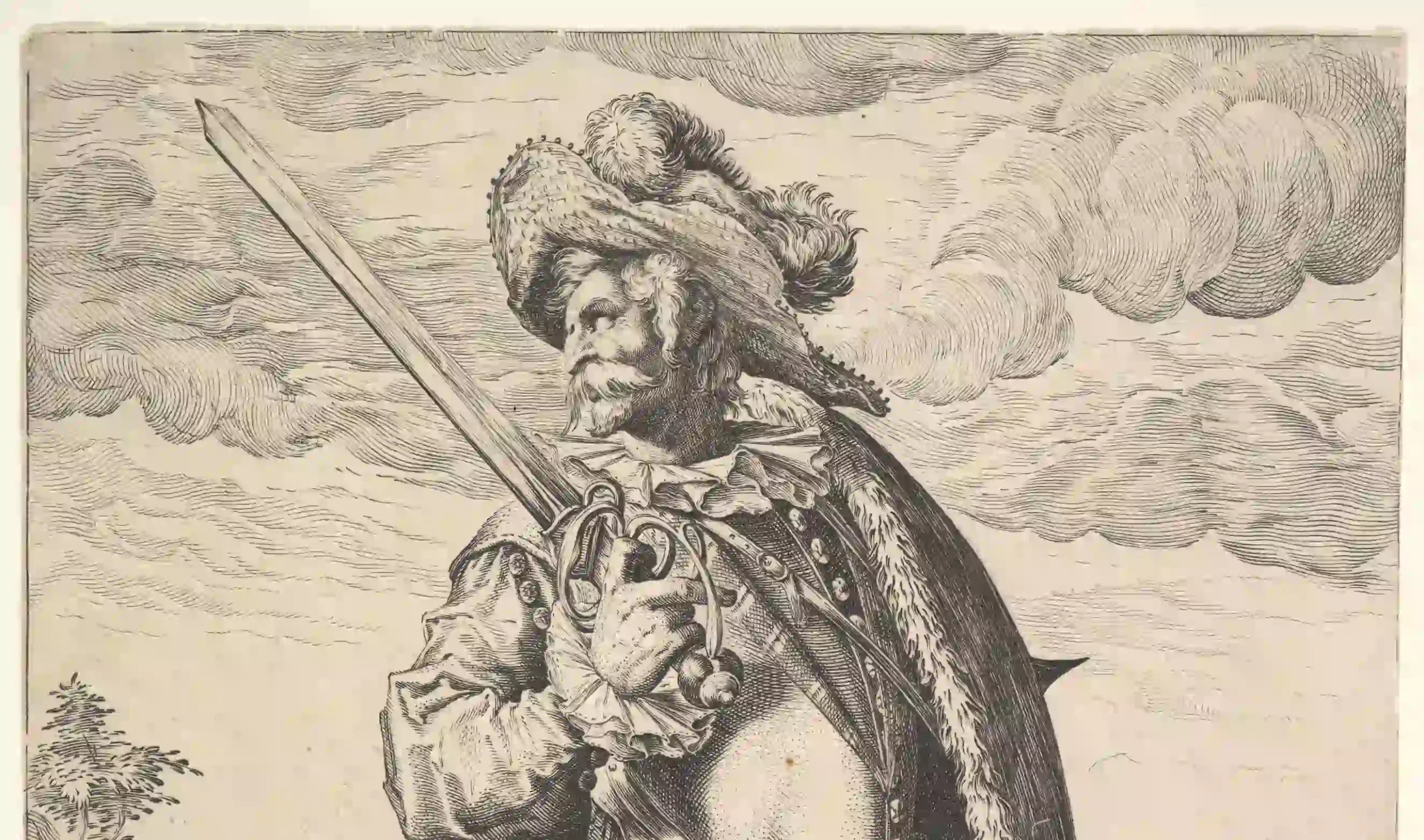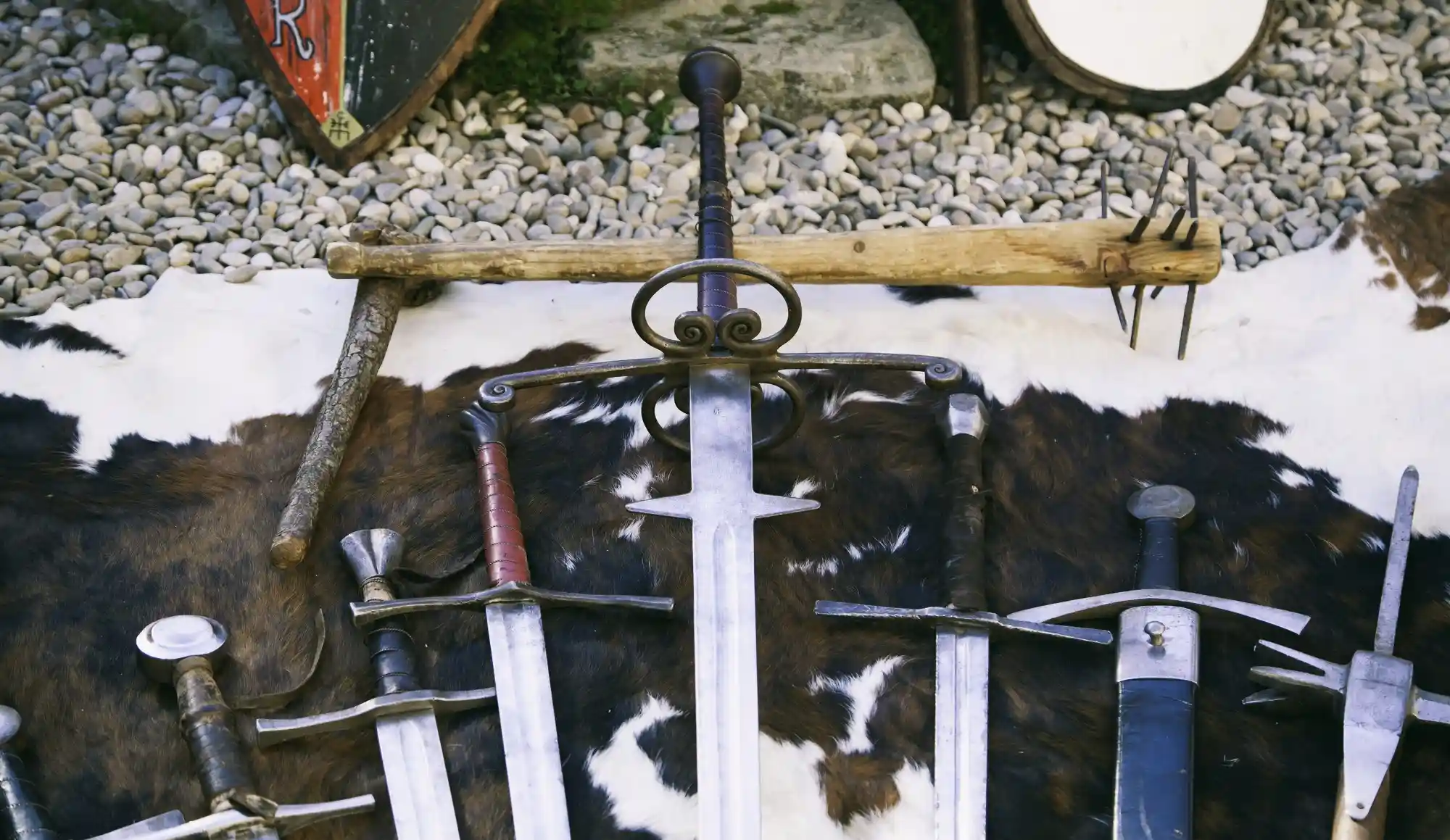We may earn revenue from the products available on this page and participate in affiliate programs. Learn more >
The katana and wakizashi are two types of Japanese swords used by samurai warriors, often carried together. One served as the main weapon, while the other acted as a backup. In this post, we’ll explore how these two swords were used, along with their similarities and differences.
Historical Background
| Feature | Wakizashi | Katana |
| Period | Muromachi (1336–1573 AC) | Kamakura (1185-1333 AC) |
| Blade | Single edged – Curved | Single edged – Curved |
| Handle | One-handed | Two-handed |
| Overall Length | 50-70 cm (20-28 in) | 90-110 cm (35-43 in) |
| Design | Simple or Elaborate | Elaborate |
| Used by | Samurai class | Samurai class |
The katana emerged in Japan during the Kamakura (1185-1333 AC) as samurai began adapting their fighting techniques to changing battlefield conditions. It was designed for effectiveness in close combat, particularly against armor. The curved blade allowed for faster draws and fluid strikes, which suited the quick, decisive movements required in battle.
The wakizashi appeared during the Muromachi period as a shorter type and around the Edo period it became a complementary weapon along with katana and tanto. It was intended for situations where the katana was not practical, such as indoor confrontations or as a secondary option. Samurai carried both blades together, so they were fully armed for every combat scenarios.
Katana vs Wakizashi Similarities

The katana and wakizashi share many similarities due to their common origins in samurai culture. Both swords feature single-edged, curved blades designed primary for cutting. Both are forged using(tamahagane) traditional Japanese techniques that produce strong, razor-sharp and flexible blades.
They include full tang construction and secured similarly. The handles are wrapped with the same fittings. Each sword includes a guard (tsuba), often adorned with decorative designs. Additional components like the blade collar (habaki), handle collar (fuchi), and pommel (kashira) are common to both.
Wakizashi Vs Katana Differences
The main difference between the katana and wakizashi is their length. A katana is always longer and designed to be used with two hands, while the wakizashi is shorter and meant for one-handed use. Another difference I see between them is that wakizashi often features a simpler tsuba, and often smaller, however this is not exclusive.
Usage
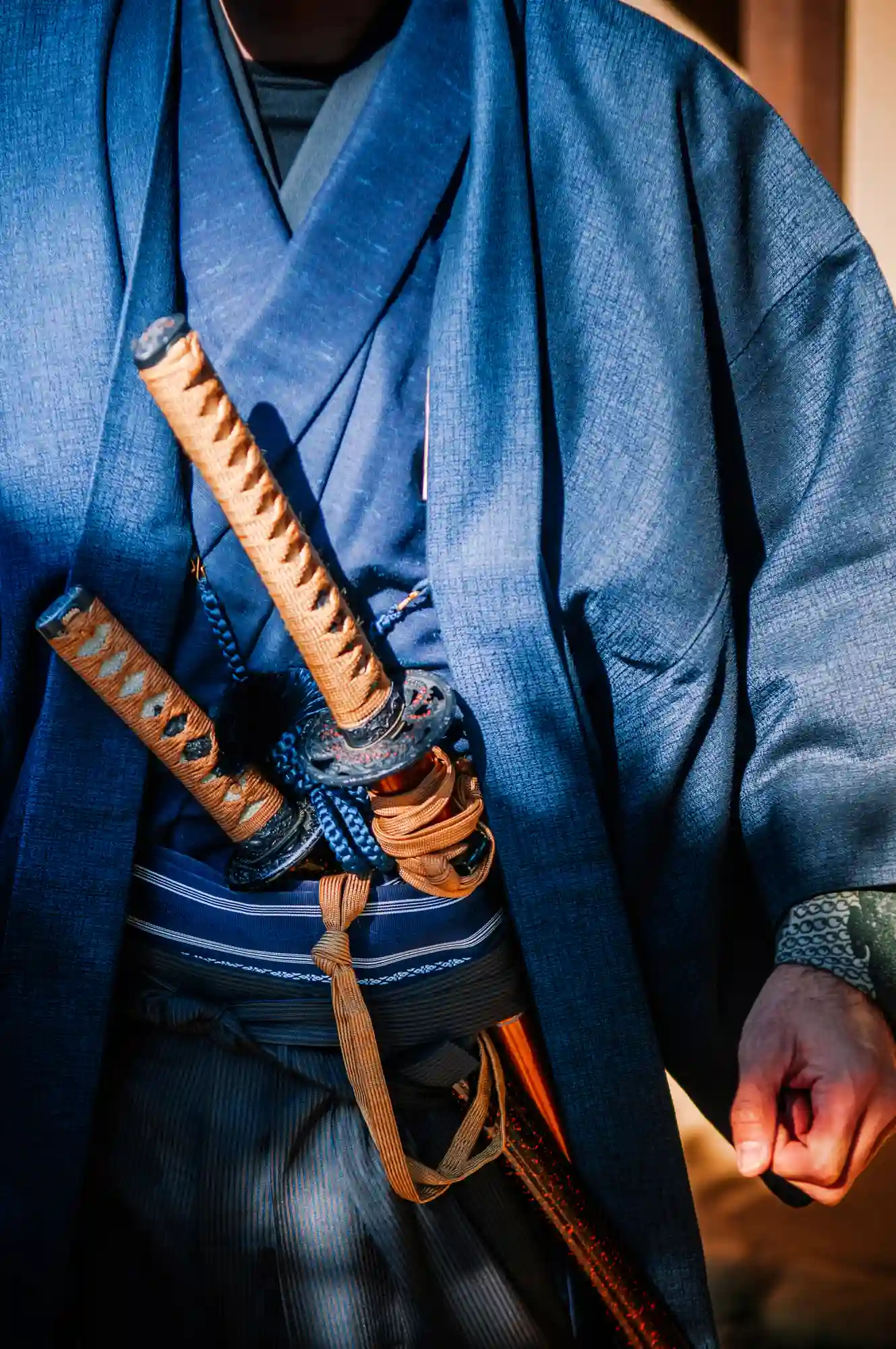
Instead of being used separately, they were often carried together in pairs (daisho), where the katana was the main battle weapon used for both slashing and thrusting, and the wakizashi served as a backup weapon for close-quarters combat and indoor settings where space was limited. Still, many researchers believe the wakizashi was the sword samurai used most of the time. So why was that?
Advantages and Disatvantages
It’s true that katanas are more practical than larger swords like the nagamaki or nodachi. But when compared to the wakizashi, longer doesn’t always mean better. The katana’s main advantage is its reach. However, the wakizashi’s shorter length—while still long enough to be effective—doesn’t feel like much of a disadvantage.
In fact, it often makes the sword more practical, especially in tight spaces, whether indoors or outdoors. It’s easier to carry, faster to draw, and simpler to use. On top of that, wakizashi could also serve in everyday tasks that required a sharp blade.
Read: Samurai Sword vs Katana
Last Words
While they share similarities in design and craftsmanship, their differences in size and usage highlight their unique roles of their time. In modern times you will find their uses in martial arts where you can practice different techniques with both swords. Additionally, they are effective tools for self-defense in today’s world. In our article, Best Swords for Self-Defense, the wakizashi ranked among the top five offering many advantages, while the katana made it to the top ten.
Read: The Best Samurai Swords in 2025
Want to see more specific comparisons? We’ve got a few others for you.


